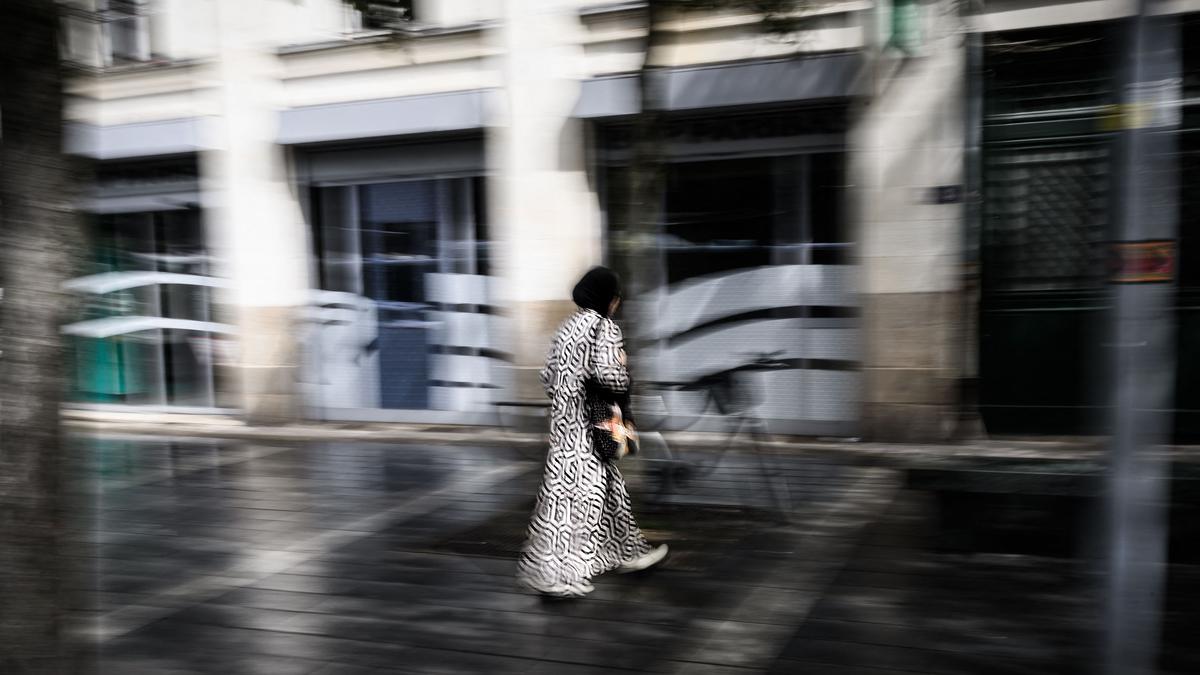
Understanding Laïcité, the French principle of secularism Premium
The Hindu
Recently, French gov't banned abaya in state-run schools, citing Laïcité, a principle of secularism. Move met with criticism, as it was seen as an attack on freedom & women's bodies & an instance of Laïcité being used as a tool of oppression. Laïcité, a 19th century concept, is a formal separation of State & Church, with religion confined to private sphere. It was seen as problematic in 1950s-60s due to influx of immigrants from Muslim countries. 1989 incident of Muslim girls being expelled for wearing headscarves sparked debate. 2004 law banned “ostentatious” symbols, while 2011 law banned face-covering veils. Debate has increasingly moved to Muslim practices in last few decades. Now, is Laïcité helping people integrate or is it being used to oppress?
Recently, the French government announced that the practice of wearing abaya would be banned in state-run schools as it violated the principle of Laïcité, which is the French idea of secularism. The education minister said, “When you walk into a classroom, you shouldn’t be able to identify the pupils’ religion just by looking at them. Secularism means the freedom to emancipate oneself through school.” He described the abaya as a “religious gesture, aimed at testing the resistance of the republic towards the secular sanctuary that school must be.”
The move was met with criticism by many. Some said that this amounts to a policing of teenagers’ clothing (public schools in France do not have a uniform). Some said that it was an attack on freedom and women’s bodies. Others said that this was yet another instance of Laïcité being used as a tool of oppression rather than assimilation.
Coined in the 19th century, Laïcité is a complicated and politically charged term. It is understood as a formal separation of the State and Church. It involves the complete removal of religious values from the public sphere and their replacement with secular values such as liberty, equality, and fraternity. The underlying goal of Laïcité is to implant tolerance and assimilate people. As per the principle, religion is to be confined to the private sphere. It is important to note here that the state plays an important role in ensuring that affairs are run according to the principle of Laïcité.
Laïcité, a product of the struggle of anti-clerical Republicans against the power of the Catholic Church, was an abstract idea following the French Revolution in 1789. It took a concrete shape in the form of The Law of 1905 in the Third Republic when state-run secular schools were established. The Law of 1905 guarantees freedom of conscience and freedom of worship except when it clashes with public order. It states that the Republic would neither pay for nor subsidise any form of worship. Today, while there are publicly funded Catholic schools in France, most children attend public schools which are secular spaces and free of cost.
Laïcité was not seen as problematic for the most part of the 20th century because France was largely homogenous. In the 1950s and 1960s, however, there was large-scale decolonisation in North Africa, which led to an influx of immigrants from predominantly Muslim countries such as Tunisia, Morocco, and Algeria. The change in demographics caused episodic tensions.
The incident that particularly rattled France and drew extensive press coverage was in 1989 when three Muslim girls, who refused to remove their head scarves in class, were expelled from their school in the town of Creil, about 48 kilometres from Paris. The headmaster claimed that he was enforcing Laïcité. Muslim leaders as well as Catholic leaders decried the move, arguing that Laïcité meant respect for and tolerance of religious differences among students. The confusion over the term was clear, for the incident was both condoned and opposed in the name of Laïcité. In November that year, the Supreme Court ruled that the headscarf was not incompatible with the principle of Laïcité.
This incident, in particular, brought Islam to the centre of the debate. Over the next few decades, global developments, such as the 9/11 attack and the invasion of Afghanistan by the U.S., and domestic ones, such as the rise of the National Front, which was avowedly anti-immigration; the shooting of journalists at Charlie Hebdo; and the killing of three people at a church in the city of Nice all contributed to this and arguably led to anti-Muslim sentiment.













